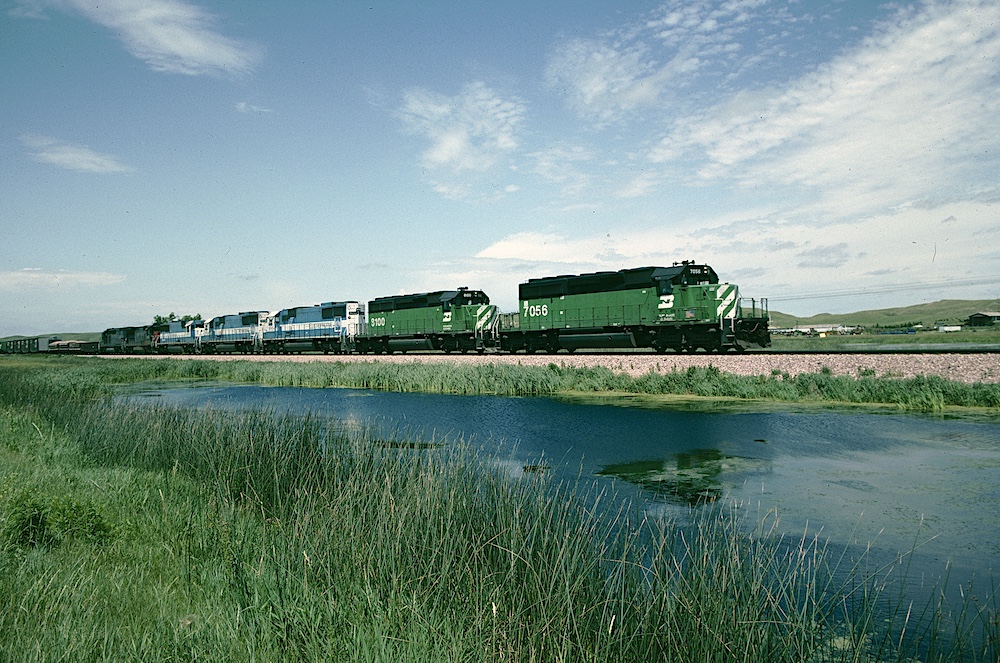
The first step in building a freight train is understanding what railroaders mean by “compliance.”
A freight train is said to be “in compliance” when it’s assembled properly and is operating according to the railroad’s rules. In practice, crews need to devote as much attention to the big picture of compliance as they do to the specific instructions in their train orders. For instance, the train shown in the photo above can have only 36 powered axles, the rear two locomotives are shut down and are being towed. Locomotives “dead in tow” are preferably handling at the front of the train.
Some rules are established by the Federal Railroad Administration and apply nationwide, but railroads commonly add regulations of their own because time and experience have shown that certain cars and situations are prone to problems and derailments. Experience of this sort often comes at a terrible cost. Railroaders are not exaggerating much when they say the rule book was written in blood.
Rules evolve over time. Here’s a modern-day example of compliance at work. A customer asks the railroad serving his factory to ship a tank car loaded with ethanol (a flammable alcohol fuel, generally distilled from grain). This particular railroad classifies ethanol as a hazardous material. To comply with the railroad’s instructions for hazardous materials, the ethanol tank car can be placed no closer than six cars back from the locomotives. That’s straightforward enough, but this railroad also has a customer that ships ethanol in a unit train of 92 cars – a train a mile long and weighing more than 12,000 tons. The unit ethanol train runs with just two empty cars between the locomotives and the first tank car in the train. Yet this train is still in compliance.
This is possible because different rules apply in different situations. A unit train is prone to violent slack action when too many empty cars are placed in front of a large amount of trailing tonnage. The railroad decided that better train-handling dynamics are safer in the long term than having additional empty cars up front.
On some railroads, employee timetables (or “Special Instructions” booklets) detail a bewildering array of train make-up scenarios. Other railroads get along with little more than the basics.
Let’s look at another example. A local is rolling over the main line at full track speed, say 60 mph. The local then stops to collect an empty bulkhead flatcar from a lumberyard. Back on the main, with green signals ahead and a higher-priority train gaining rapidly from behind, the local can once again proceed at 60 mph, correct? Maybe not. On many railroads, the presence of an empty bulkhead flatcar limits a train to no more than 45 mph. And it’s not just bulkhead flats; all sorts of cars have speed restrictions.
Many of the railroad rules are complex. Some rules apply only to long trains. Other regulations govern specialized rolling stock, such as track-maintenance equipment, welded-rail trains, or the multiple-truck Schnabel cars that move massive loads. Many more rules exist.
For example, long cars (80 feet or more) must be at rear of train if coupled to cars of less than 45 feet and a mixed freight train must not have more than one-quarter of its total weight located in the rear one-third of the train.
Railroading is a game with many rules and neglecting any of them can have dire consequences.






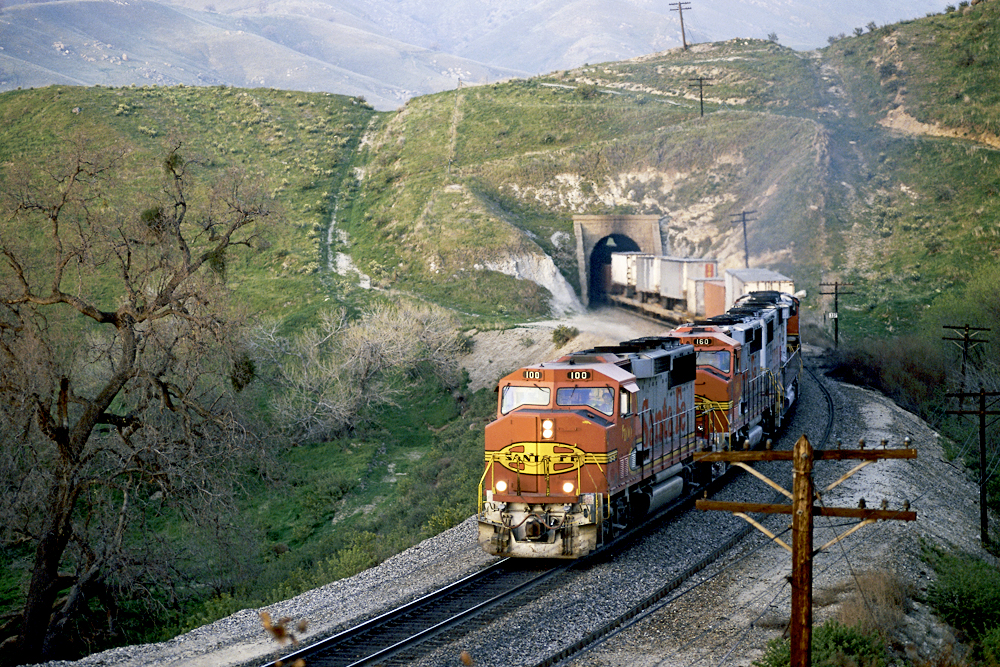
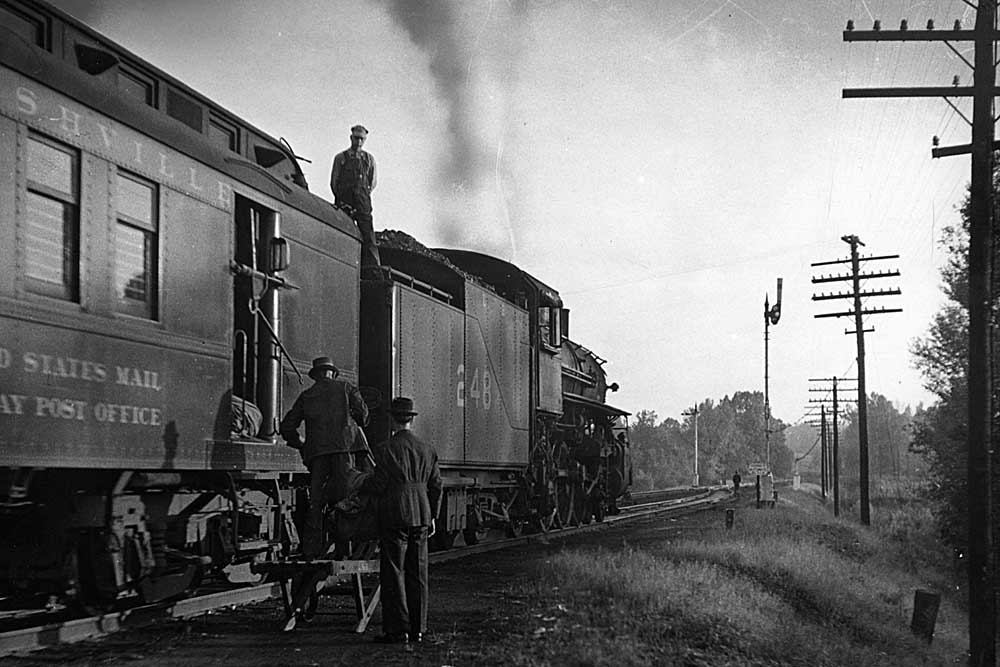
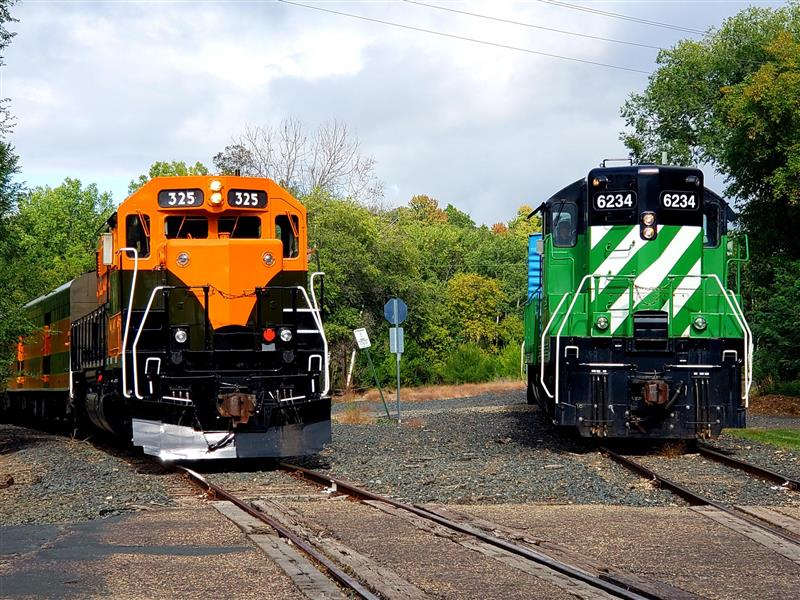
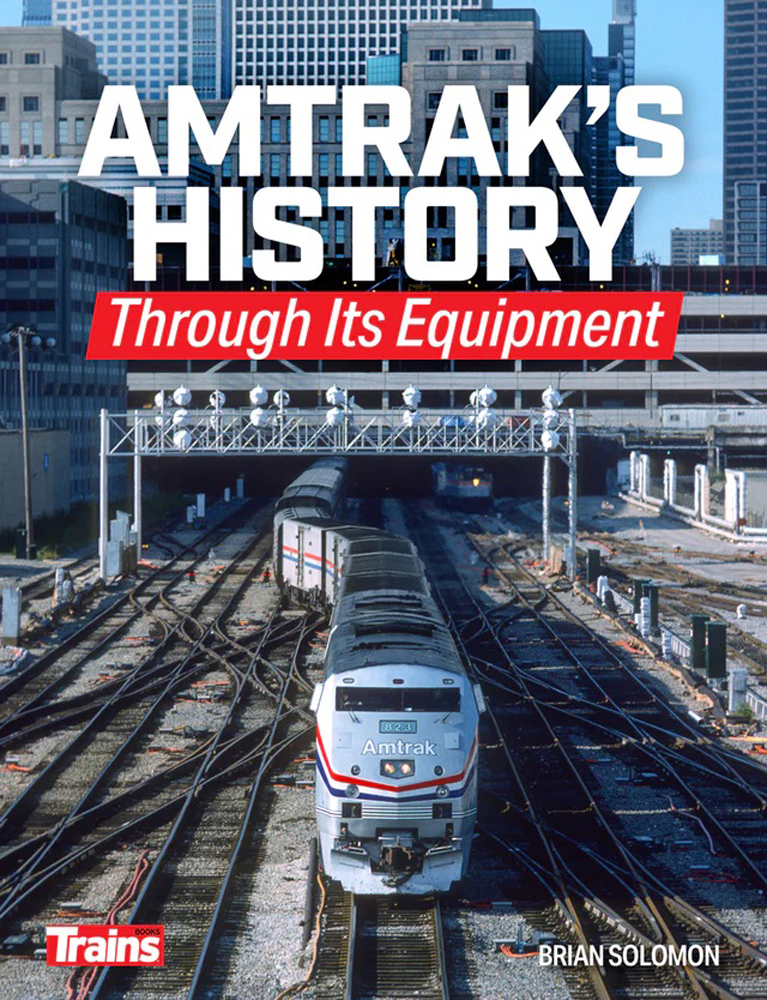
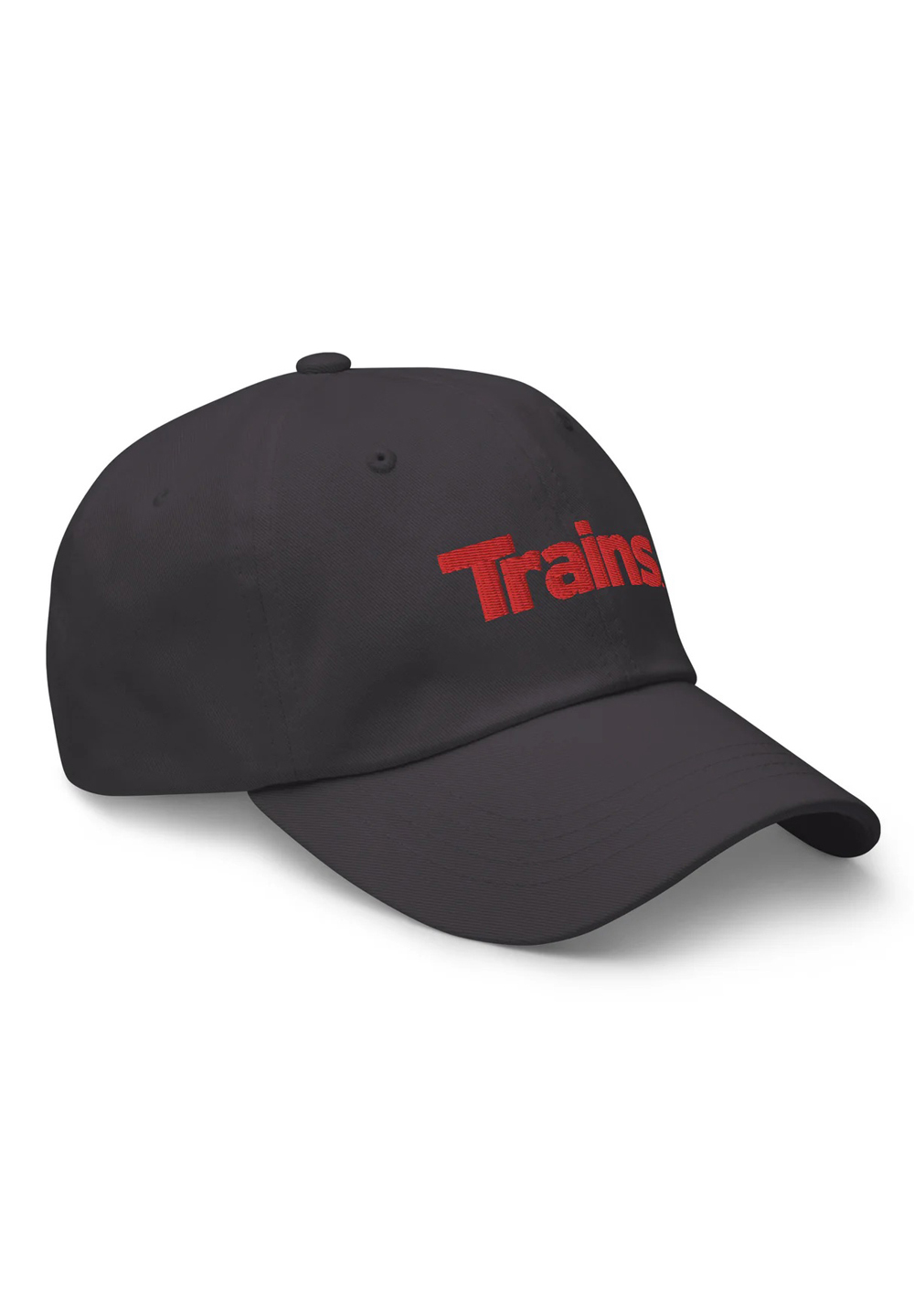
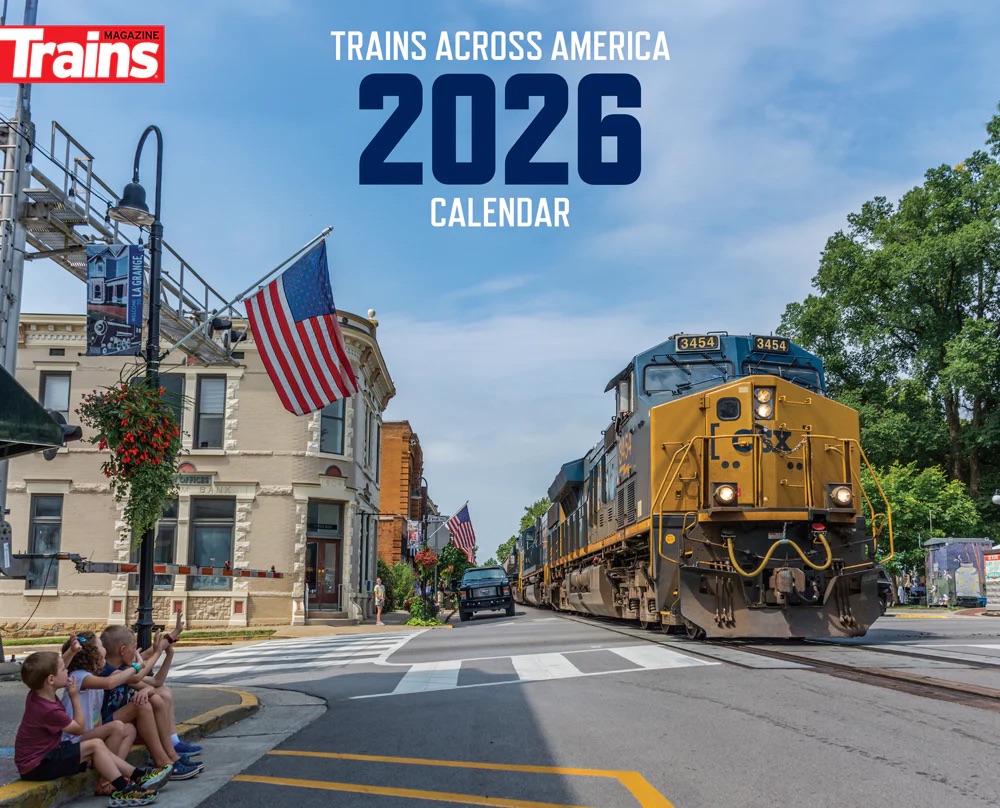
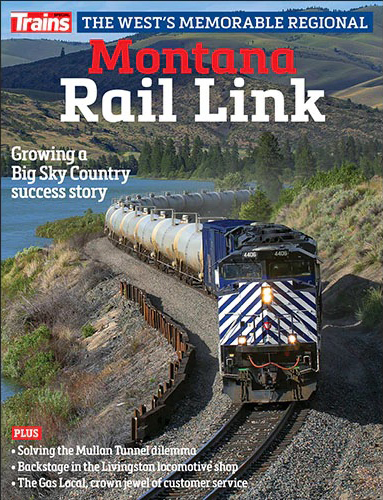
The above reference to the Federal Railroad Administration suggests that the explanation only applies curently to the USA.
Is there information about how to build a freight train in other countries in other years?
In particular, how to build a freight train in Hungary in 1944?